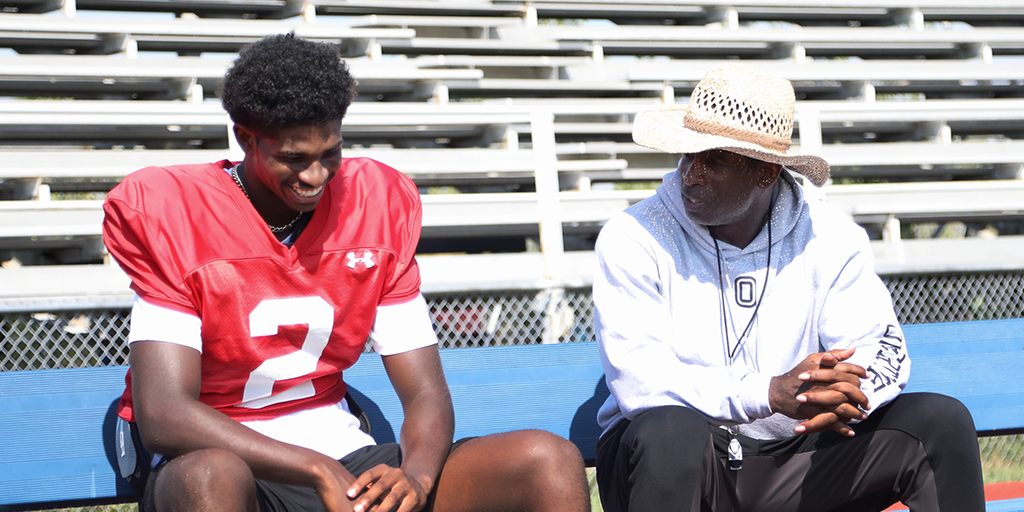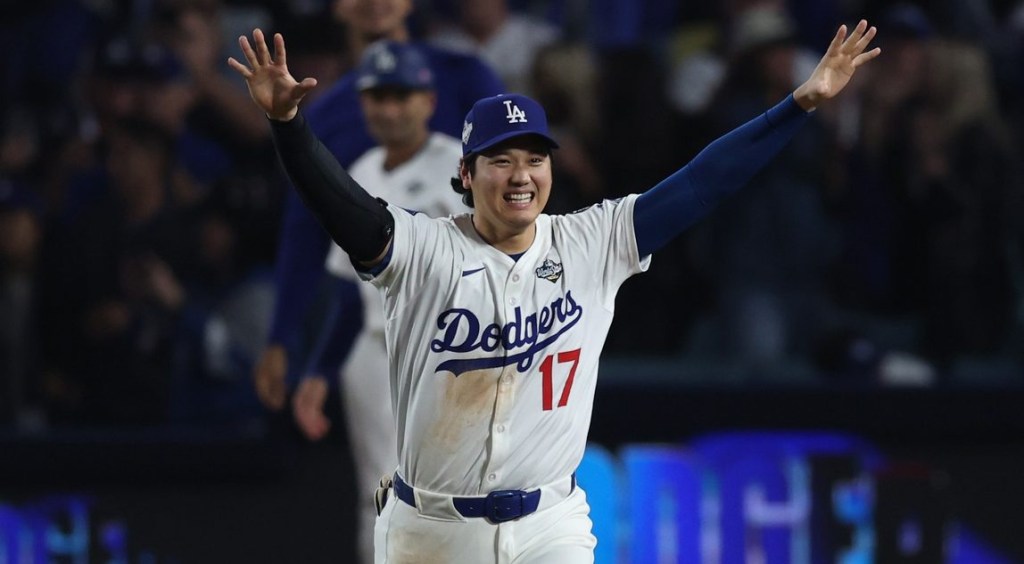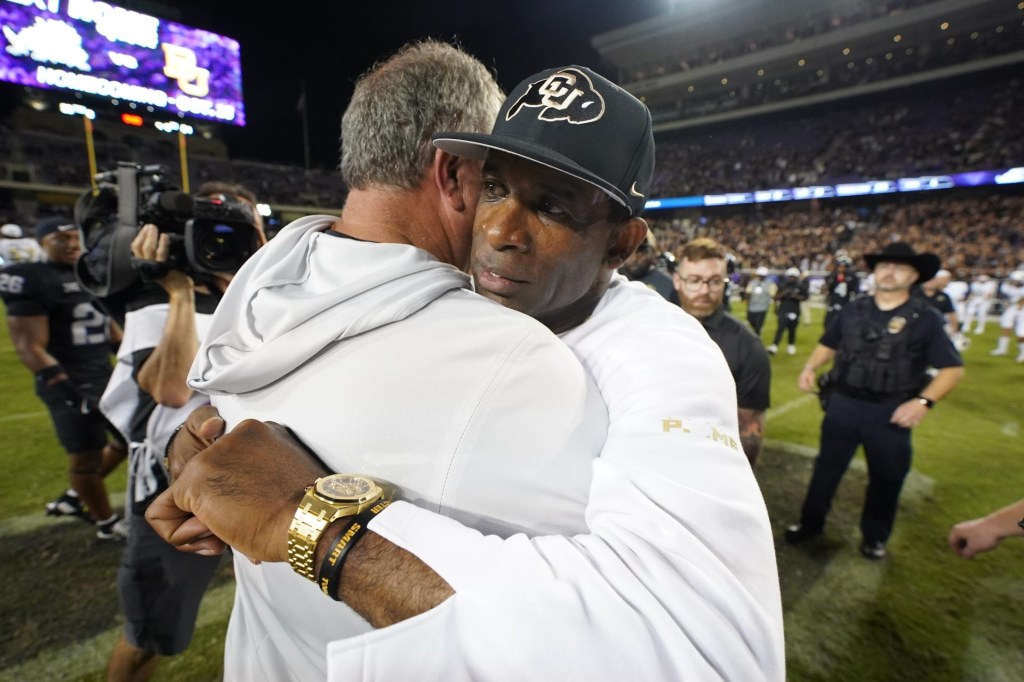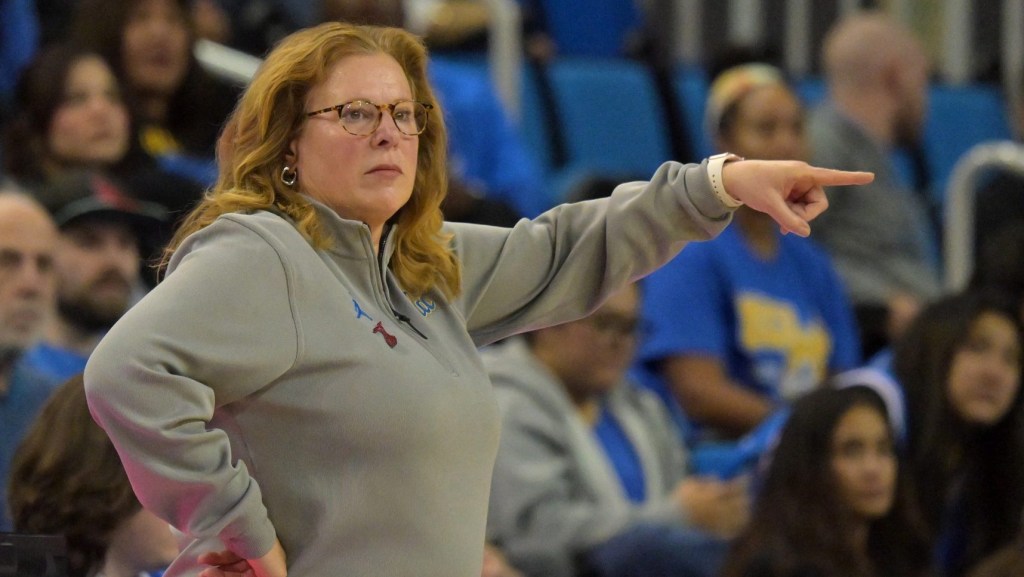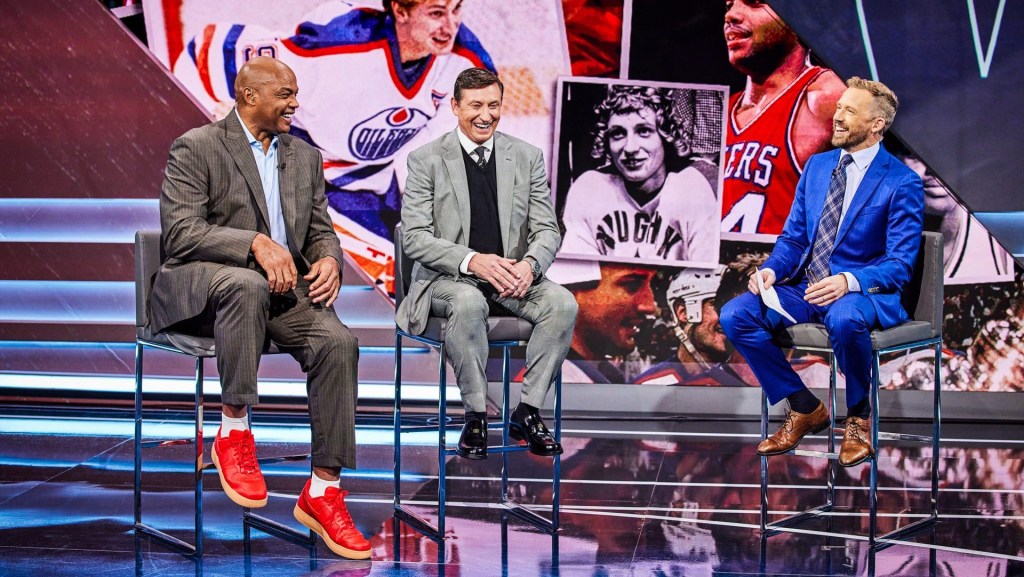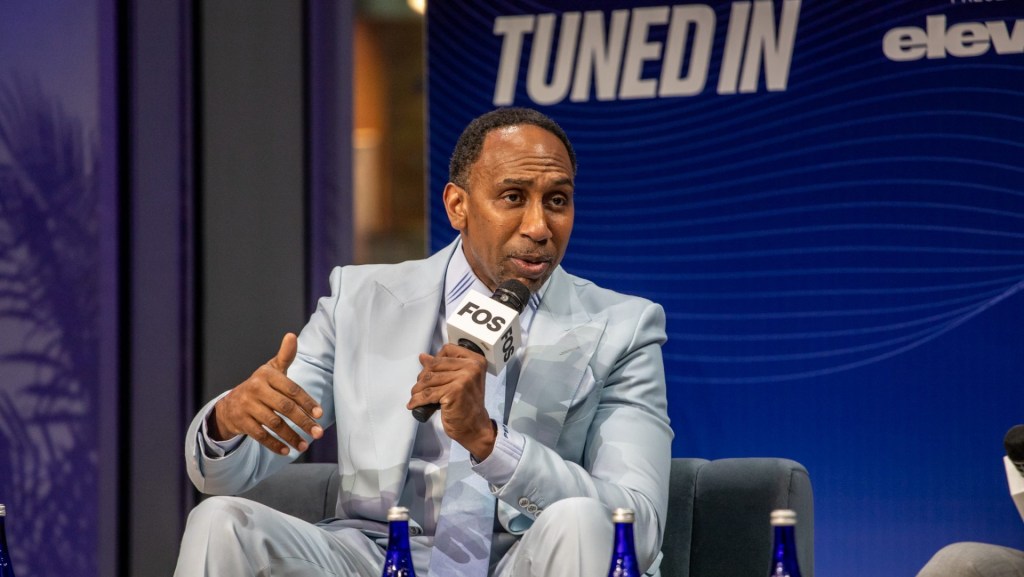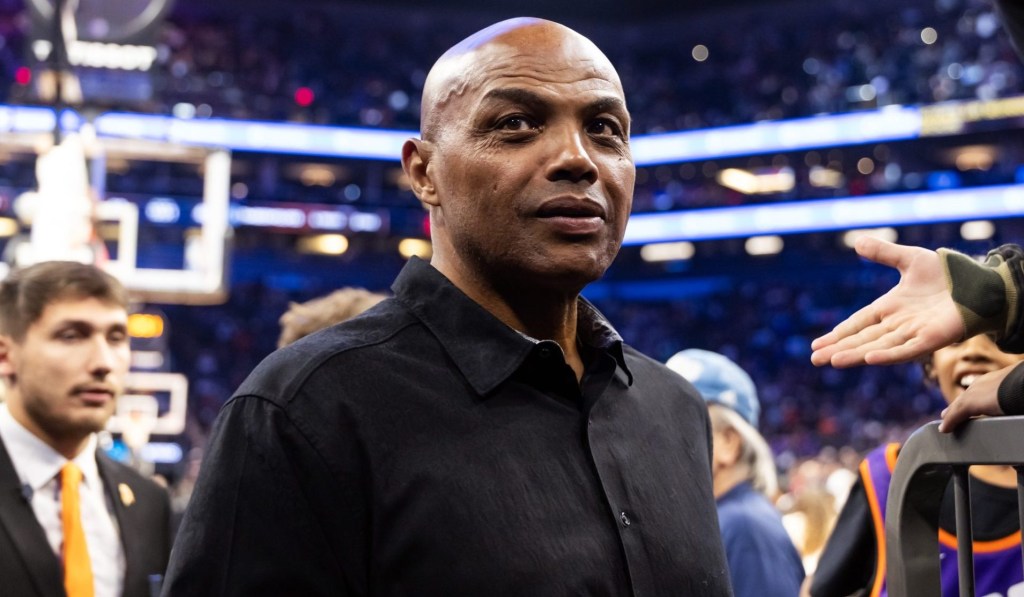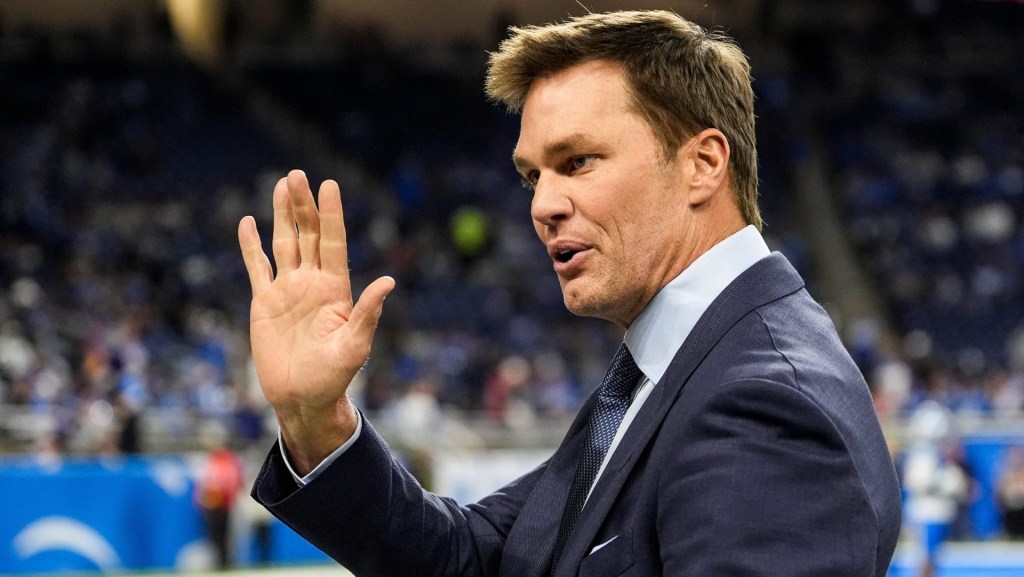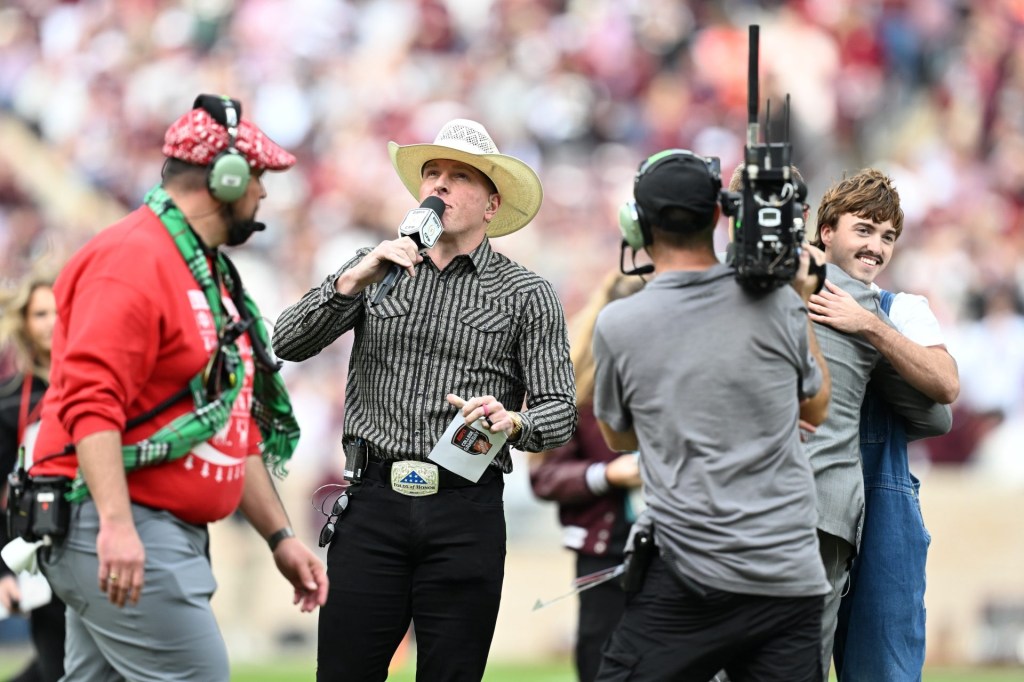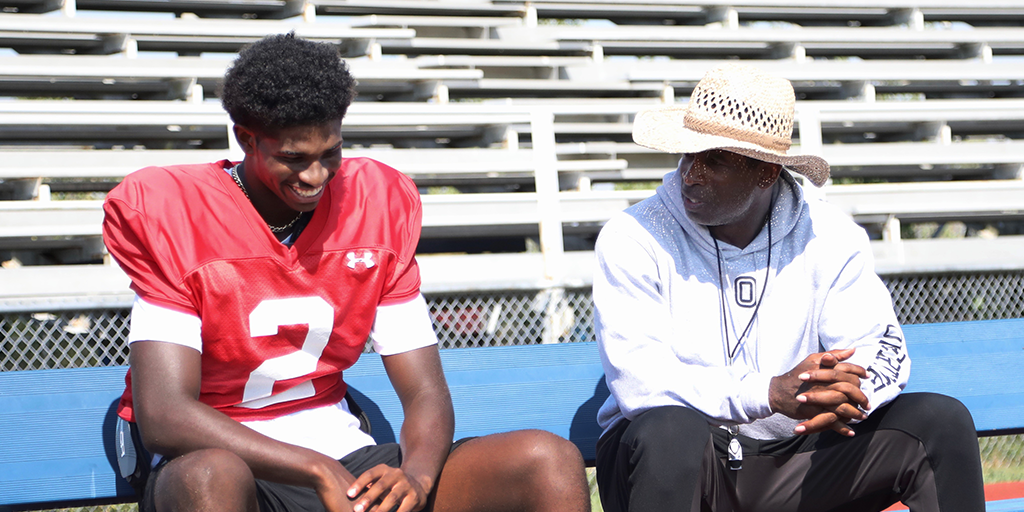
One billion with a capital B.
That’s the number of videos now viewed monthly by fans of Overtime, the digital startup that’s aiming to become ESPN for Generation Z.
It’s a milestone that’s been three years in the making. The Brooklyn-based Overtime turns the normal sports TV network model on its head.
Rather than building its coverage around the over-covered worlds of pro or college sports, it focuses on the under-covered world of high school/amateur athletics.
Instead of linear TV, it uses tech and new platforms to drive more than 250 million minutes of watch time per month.
Rather than trying to make highlights appointment viewing, ala ESPN’s “SportsCenter,” they deliver high school action videos and content to your Phone when and where you want it.
Throw in $35 million in investment capital from big names like Kevin Durant, former NBA Commissioner David Stern, Carmelo Anthony and Victor Oladipo and you’ve got an intriguing 21st-century sports network built for internet speed.
“To me, it’s sort of the new version of television,” said co-founder Zach Weiner. “We look at ourselves as a next-generation network. That means creating programming that kids love.”
Call it a classic disruption strategy.
First, Overtime’s co-founders Weiner and Dan Porter identified an underserved market: the young, cord-cutting, millennial sports fans who are abandoning traditional sports TV in droves.
Then they hired an army of freelance stringers to shoot footage of up and coming stars at high school gyms across America.
They armed these freelancers with a proprietary app that enables them to instantly capture, tag and upload sports highlights directly to their mobile phones.
Finally, they delivered edited highlights to fans via the hottest social media channels: TikTok, Instagram, SnapChat, Twitter and Facebook.
Want to spot the next Zion Williamson or Ja Morant? You go to Overtime, said former NBA All-Star Caron Butler.
“It’s good to see the journey. You always see the highlights of the NBA players. But it’s good to see the next wave, in real-time, developing on the fly,” Butler said. “That’s how a lot of high school guys get notice and recognition. You can go to the Overtime platform, Ballers Life and things like that – and see the young guys coming up.”
So far, Overtime’s approach is getting results.
Total revenue grew five-fold this year, according to Weiner. The number of video views per month tripled over the past year to over 1 billion from 335 million in October 2018. Employee headcount at its Brooklyn and Los Angeles offices has grown to over 100 from 35 last year.
Meanwhile, Overtime has quintupled its social media following to 17 million followers. Its audience on TikTok has tripled to 3 million followers over the past three months.
“We recognized pretty early that TikTok was going to be a platform that was going to take off for this generation, based on the content that we saw perform well,” said Weiner.
Overtime’s Instagram audience has doubled during the past six months. It boasts higher engagement rates on Instagram than other sports media brands, Weiner added.
All sports leagues, teams, and networks are trying, mostly unsuccessfully, to lure fans born after 1995 away from their cell phones and video games. It’s no surprise Overtime’s ability to reach this elusive audience has made it an acquisition target.
Media giants such as Disney’s ESPN may have “kicked the tires” on a possible investment in, or purchase of, Overtime, said sources.
Weiner said he has huge respect for ESPN. But Overtime’s “happy” with its current growth pace, he said. ESPN, which is expected to shortly announce the signing of House of Highlights founder Omar Raja, declined to comment.
“We feel what we have accomplished is awesome. At the end of the day, there is a dramatic shift going on in this landscape. I think other companies recognize that. That’s sort of all I have to say on that,” he said.
Overtime is positioning itself to take advantage of that shift, and Weiner said its recent expansions have it poised for more growth.
Much like a young ESPN started off covering slow-pitch softball, Overtime is using high school athletics as a jumping off point to cover other sports.
Over the past year, it expanded to cover football and soccer as well as women’s basketball.
The network is investing in esports with its own professional Fortnite team dubbed Team Overtime.
Moreover, it has ramped up its long-form content over the past 18 months. Overtime has launched 45 long-form series, including the new “Primetime 2.0” reality series starring Pro Football Hall of Famer Deion Sanders and his quarterback son Shedeur Sanders.
The new “Hello Newmans” series, meanwhile, averaged 15 million minutes of watch time during its first season. The show stars teen basketball stars Julian and Jaden Newman.
“Nobody is creating longer-form, episodic shows for Gen Z at the volume and engagement we are,” said Marc Kohn, the network’s chief content officer last month.
Weiner agreed: “There’s sort of this misunderstanding of the younger audience. That they only want to watch short-form content.”
Overtime has launched dedicated channels for football and soccer coverage dubbed Overtime SZN and Overtime FC as well as a women’s basketball vertical dubbed OvertimeWBB.
The network is currently expanding into Canada, France, and India. “International is a big focus for us,” said Weiner.
Overtime doesn’t have to pay the expensive sports media rights that traditional TV networks pay for the right to show pro and college games. But the network’s big challenge moving forward will be how to continue to monetize its high school sports content, which does not have a fraction of the value of pro/college sports.
READ MORE: More ESPN Content Coming To Facebook Watch
The company makes its money through a combination of revenue generators: advertising, sponsorship, apparel sales via the Overtime Store and, increasingly, events.
This May, for example, it partnered with Converse for “Overtime Takeover:” an afternoon of free fan activities followed by an evening event with two dozen up and coming athletes.
Overtime declined to comment on whether it’s seeking to raise more money. Since its founding in November 2016, it’s drawn dollars from an impressive group of investors. The company’s $2.5 million seed funding in February 2017, included an investment by NBA Commissioner Emeritus Stern.
In February 2018, Durant and venture capital firm Andreessen Horowitz invested $9.5 million in Series A funding. A year later, Overtime announced a $23 million Series B funding round that included investments by Anthony, Oladipo and Spark Capital.
READ MORE: Why The Gist Believes It Can Crack A Crowded U.S. Sports Media Market
Today’s high school athletes know Overtime was one of the first to chronicle the exploits of young NBA stars like Williamson. They see the network as a way to punch their tickets to college scholarships and, possibly, the pros.
Ultimately, Overtime sees itself filling a role traditional sports networks forgot about.
“It was much needed,” said Butler.
